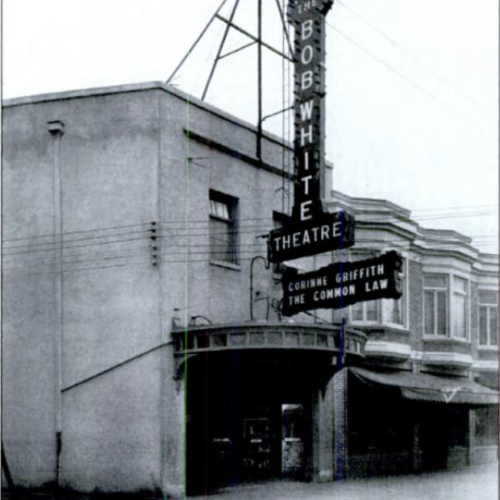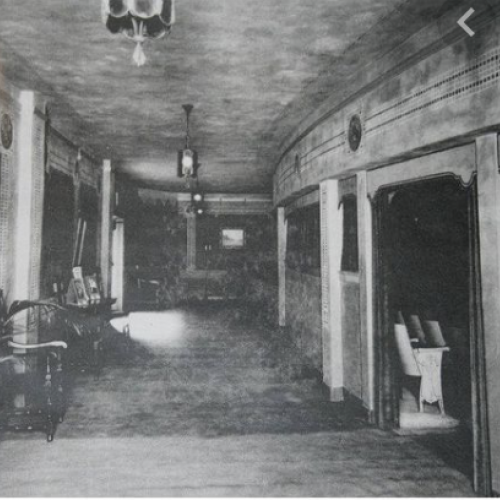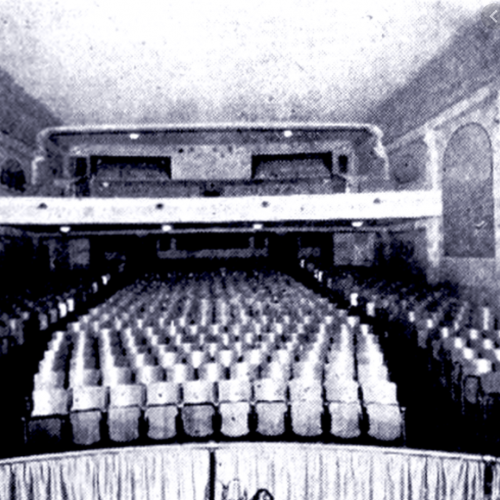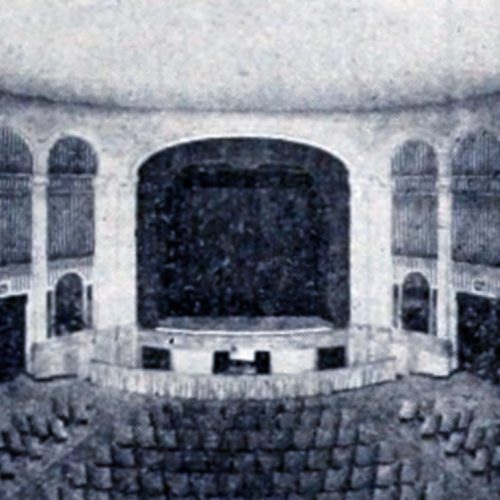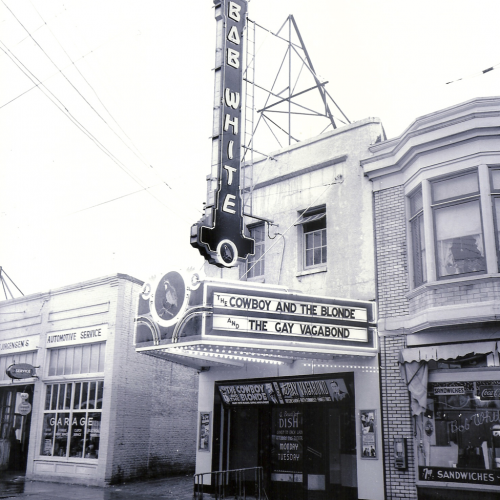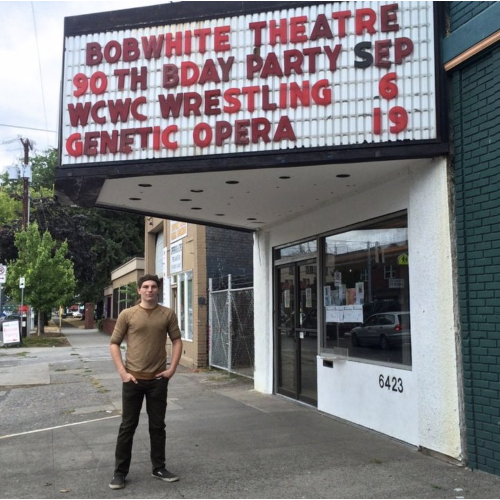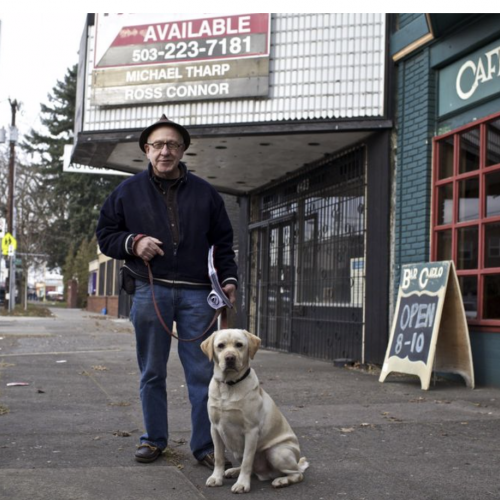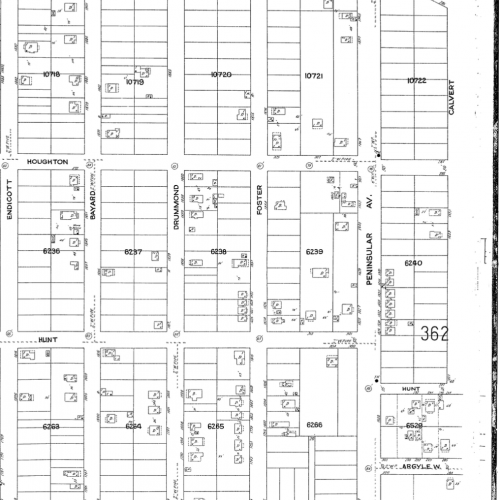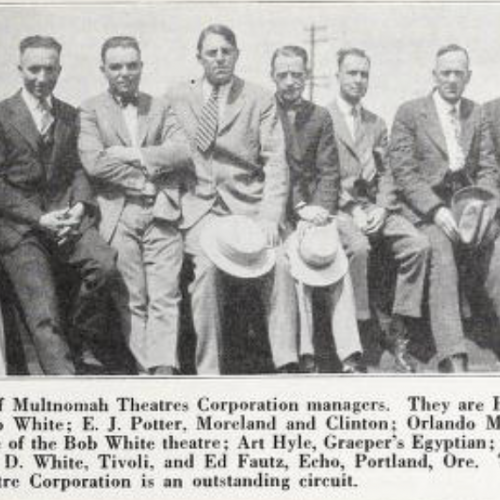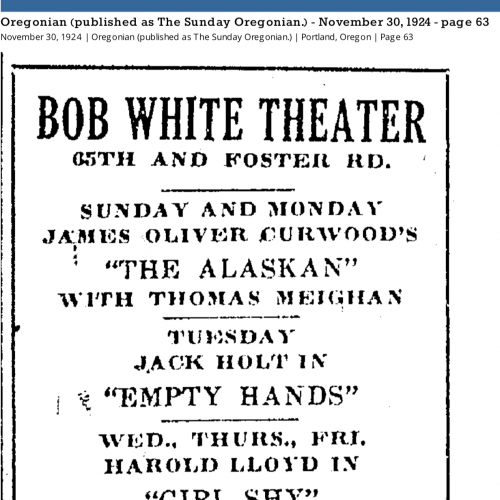The Bob White Theatre opened in March of 1924 in Portland, Oregon on Foster Road in the Arleta district of southeast Portland. It was created by Bob White, a World War I Navy veteran, and a local showman who was very much associated with the Multnomah theaters in suburban Portland at the time. He operated 17 theaters in the Metro area. Lee Arden Thomas was the architect of the building, and he created a 712 seat theatre that later became a multiuser space. The Bob White began with silent films in 1924 when they opened with Beau Brummel starring John Barrymore.
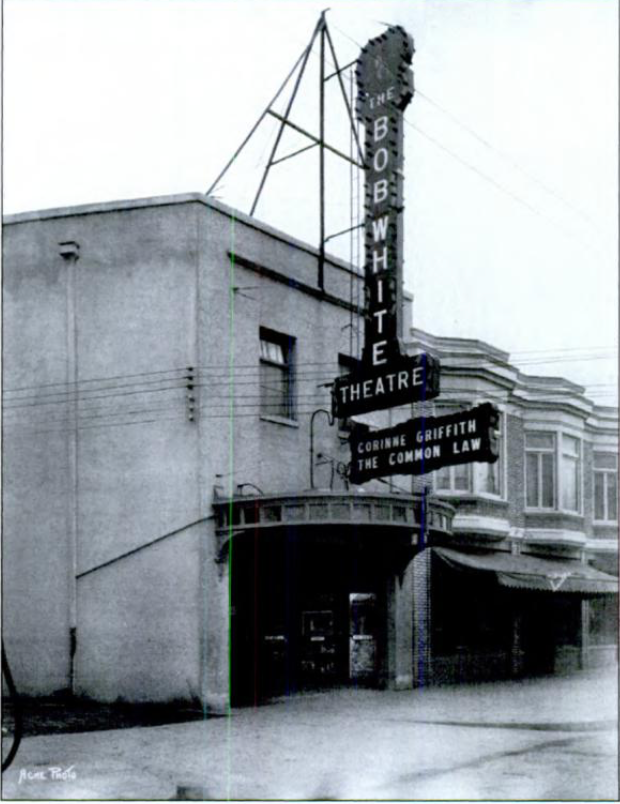
Bob White got the assistance B.F. Shearer Inc. when creating his theatre as this company was known for decorating and equipping some of the finest movie theaters up to this point in history. Since The Bob White was opening in a residential area, seven miles from the chaos of the business center of the city, Mr. White and Mr. Shearer wanted to continue with the family friendly and unique ideas. This led to the creation of two rooms that helped bring patrons in-a smoking room and a crying room. This accommodated working folks who often smoked in their times of relaxation as well as mothers with young kids. This was a major selling feature for the Bob White, and these rooms added to the success of the theatre overall.
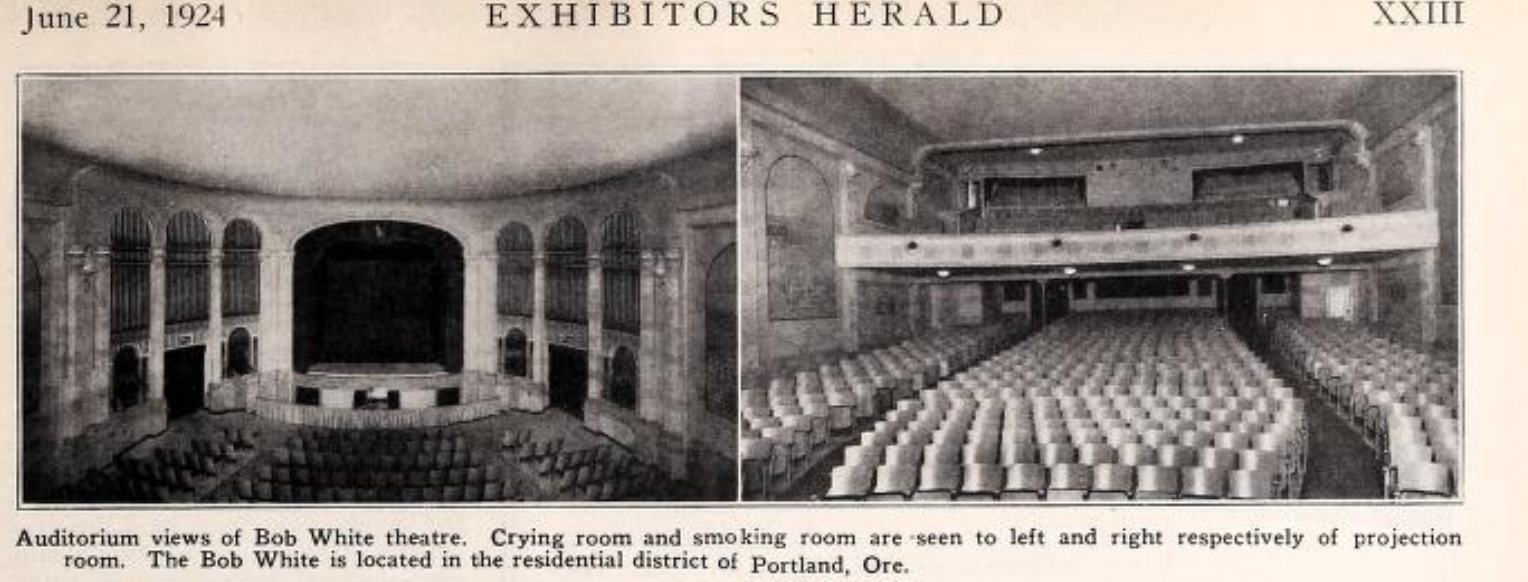
By 1930 the theatre ran its first fully sounded film, and by the 1940s they were showing films such as The Cowboy and the Blonde and The Gay Vegabond. The Bob White also used different promotional strategies, one of which targeted "ladies" saying they would receive a "beautiful dish" just for attending the theatre on specified days.
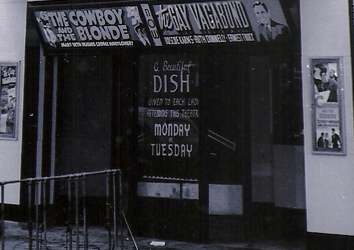
Though the theatre was considered unusual because of their innovative thinking at the time, The Bob White's ability to create a neighborly atmosphere through the incorporation of smoking and crying rooms as well as promotional strategies that focused on women were major factors in the success of the theatre.
The theatre was successful and operated well until the early 1970s when it went dark. It was briefly revived as an Asian chop-socky house were martial arts films were shown, and then it also went through a period of showing Spanish-language films. This lasted into the mid-80s until the theatre was renamed as The Arleta Theatre, but it ultimately closed as a theatre later that year. In 1986, Dave Haskin purchased the building as a personal residence where he housed pipe organs and artifacts. It was closed to the public.
Flash forward to 2009, Haskin passed away, and in 2012 Nick Storie purchased the theatre for $350,000.
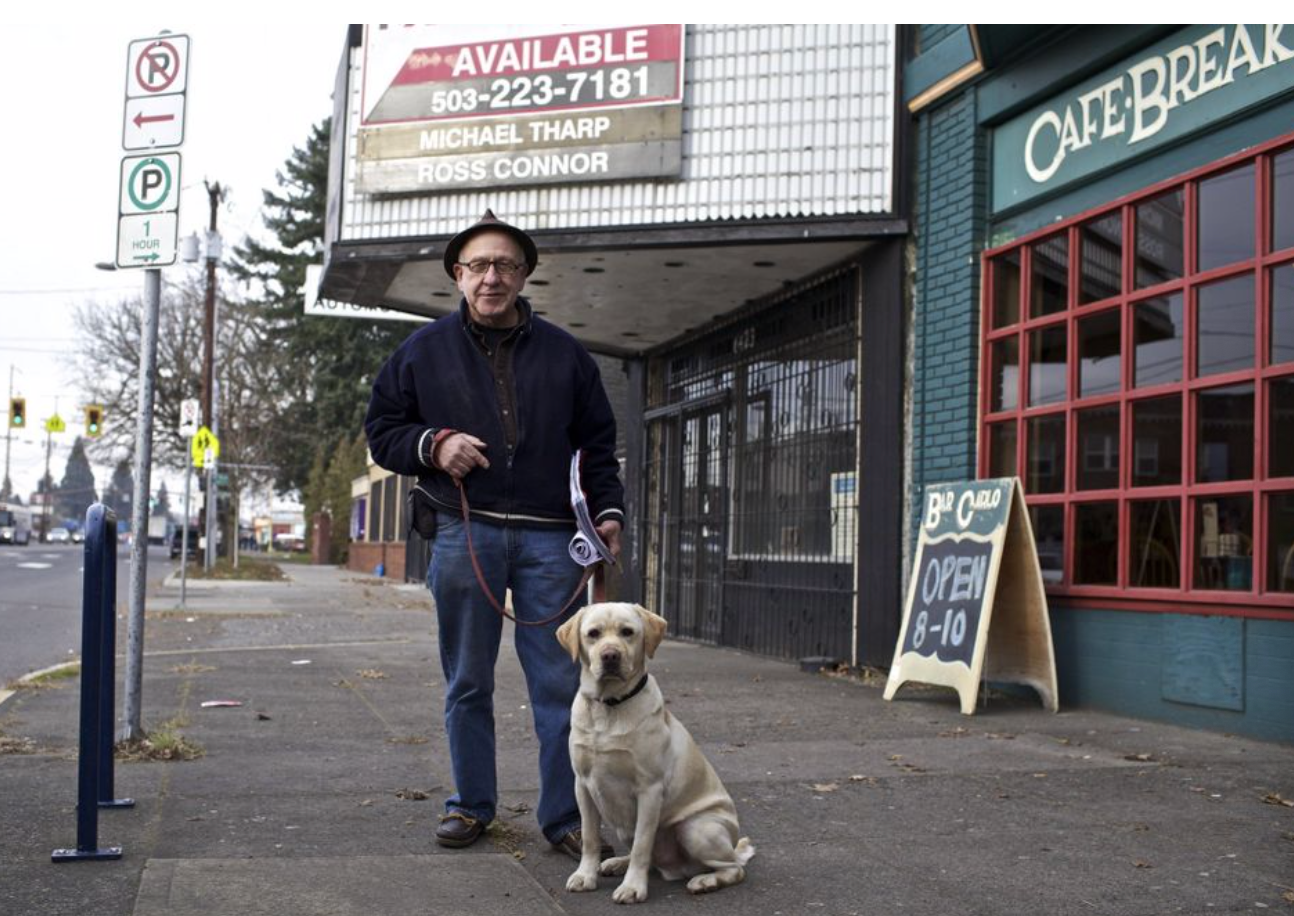
Storie tried to revive the space for events such as raves, but he ultimately fell flat and wanted to sell to Nick Haas, one of his much younger co-workers, in 2014. Haas tried to gather money from different investors so that he could create a more functional theatre and restore the original ideals and wonder of The Bob White Theatre. He put as much time and money into the theatre as possible, but the sale fell through, and the theatre ceased to exist.
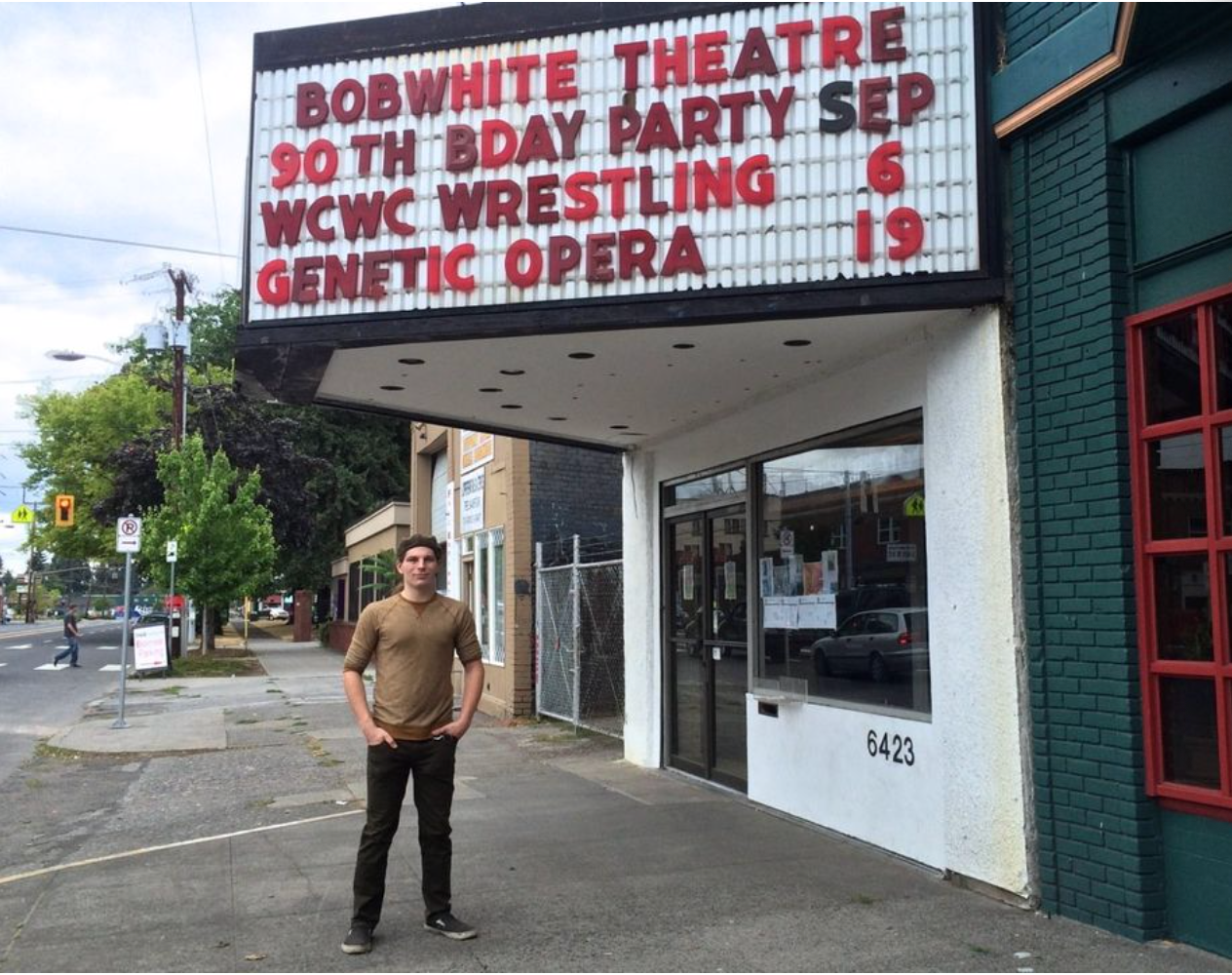
The Bob White Theatre stood the test of time through unusual tactics. Beginning with the creation of the theatre in a residential area instead of the business center of Portland, followed by the addition of smoking and crying rooms to appeal to more families and average working class people. The Bob White focused on their patrons and ran for so many years because it was an accommodating and welcoming atmosphere for the average American looking for entertainment and comfort.
